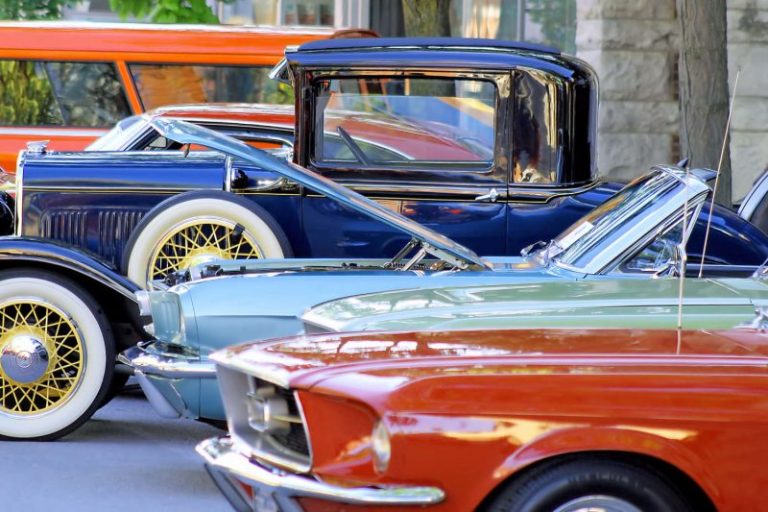The classic car market has long been a bastion of nostalgia and exclusivity, capturing the hearts of enthusiasts and collectors worldwide. However, recent trends suggest a shift in the industry as newer generations begin to shape the landscape of automotive collectibles. The Monterey auctions, a mecca for classic car sales, experienced a stall in growth, signaling a potential change in buyer preferences and market dynamics.
One factor contributing to the stagnation of classic car sales at the Monterey auctions is the shifting demographics of buyers. Traditionally, classic car collectors were predominantly older individuals with a passion for vintage automobiles. These collectors sought to preserve automotive history and relive the golden eras of automotive design and engineering. However, as younger generations come of age, their interests and preferences diverge from those of their predecessors.
The new generation of collectors is characterized by a desire for innovation, technology, and sustainability. These collectors are more inclined towards modern supercars, electric vehicles, and cutting-edge automotive technologies. As a result, the demand for classic cars, especially vintage models, has waned among younger buyers, leading to a softening of prices and sales in the classic car market.
Furthermore, the rise of digital platforms and online auctions has revolutionized the way collectors buy and sell classic cars. With the proliferation of online marketplaces and auction sites, collectors have more options to acquire rare and unique vehicles without the need to attend physical auctions. This shift towards digital transactions has expanded the reach of classic car sales beyond traditional auction houses, providing buyers and sellers with greater flexibility and convenience.
Another key factor influencing the classic car market is the increasing focus on sustainability and environmental consciousness. As concerns over climate change intensify, there is a growing preference for eco-friendly vehicles among consumers, including collectors. Classic cars, known for their lower fuel efficiency and emissions compared to modern vehicles, may face challenges in attracting environmentally-conscious buyers in the future.
In response to these evolving trends, the classic car industry may need to adapt and innovate to appeal to a new generation of collectors. This could involve showcasing the technological advancements and historical significance of classic cars, positioning them as valuable artifacts that bridge the gap between past and present automotive innovations. Additionally, promoting sustainability and eco-friendliness in classic car restoration and maintenance could help attract a more diverse range of buyers who prioritize environmental concerns.
While the classic car market at the Monterey auctions may have experienced a temporary stall, the industry remains resilient and adaptable to changing consumer preferences. By embracing innovation, technology, and sustainability, the classic car market can continue to thrive and evolve in response to the demands of a new generation of collectors.



